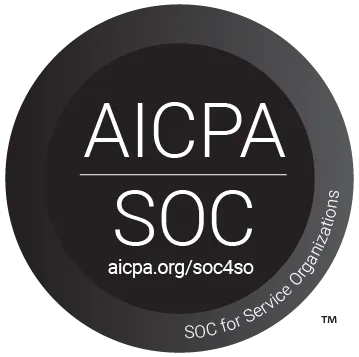Getting Started with CPG Trade Accounting
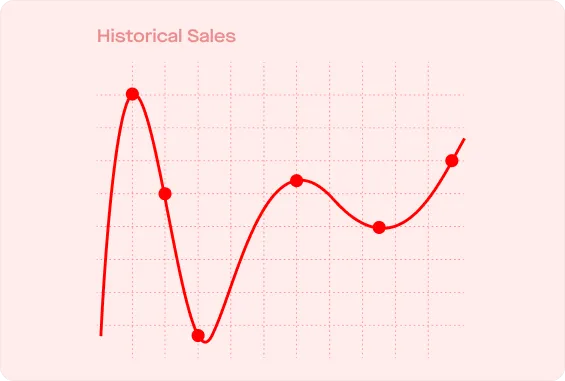


Getting Started with CPG Trade Accounting
What is Accrual Accounting?
Accrual accounting is the principle that financial transactions should be recorded when goods and services are provided, rather than when the payment is made or received. This practice combines current and future cash inflows and outflows to provide a more accurate representation of a company's financial and cash flow situation.
As consumer packaged goods (CPG) brands grow and increase trade spend across channels (with more complex deductions management processes), managing accrual accounting can become quite confusing. This guide will explain the accounting issues that arise for CPG brands during the complex sales and marketing function to retailers and distributors, and best practices for CPG accounting to improve accuracy and save time.
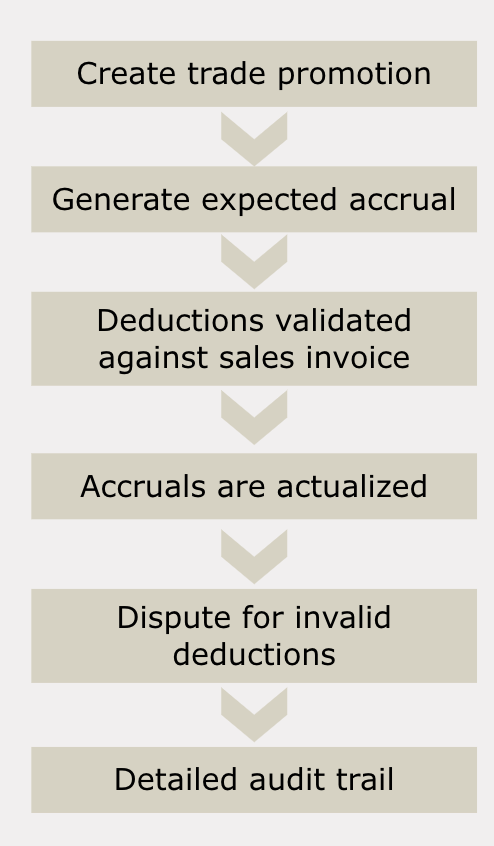
Managing Accruals for Trade Promotions
As trade promotions are created by the sales team, the planned trade promotion accrual is generated and actualized as trade promotion deductions come in. There are several different ways to accrue trade spend.
Live Accrual
Typically the most common process for reporting accruals, this is defined as a rate per case or percent of revenue that’s 'earned' on everything that you sell in the current budget period. The accruals are like deposits in the bank, while deductions for operational issues or trade promotion activities are withdrawals or credit. The main advantage to live accruals is that if sales are coming in lower than expected, sales teams can adjust the budget lower to maintain profitability.
Example: You earn $2.50 per case on everything you sell. In the first month you sold 1,000 cases, generating $2,500. However, you spend $3,000 during on short ships, display ads, and scans. Based on your live accrual, you’re over spent by $500.
Fixed budget
This is when CPG companies allocate fixed funds towards a promotion.
Example: $3,000 for a specific retailer.
Historical Accrual
This type of accrual is when your current trade promotion budget is based on what you earned in the previous budget period. Everything you earn in the current budget period funds trade promotion next year.
Example: Last year you sold 500 cases, and the rate last year was $1.50 per case, so you have $750 in this year’s trade promotion budget.
Live Accrual and a fixed budget hybrid
This combines two trade promotion accrual methods.
Example: You earn $2.50 on every case you sell this year, PLUS you have an additional $5,000 to promote a new SKU to gain market share.
Best Practices for Managing Accruals
While any form of accrual management is common in the CPG world, we recommend a hybrid approach for the most valuable insights in reducing profit leakage. The sales team should first project the accrual budget based on historical sales data and sales forecasts.
During the promotional period, adjust the accruals as needed. Update accrual estimates based on actual business performance to reflect the most accurate financial position.
Once the deduction data comes in from the distributor, often weeks or months later, the accruals are actualized and any disputes or claims will then be submitted. It is imperative during this period to keep a traced audit trail and backups for documentation of every promotion for reference during disputes and for the accounting team to ensure compliance during audits.
Finally, the team should compared the accrual budget with actuals, to determine what percentage of money and resources from the trade budget could have better been utilized to drive additional sales in the next planning period.
Detailed Accounting Circumstances
After the teams involved agree on the proper method to manage accruals, the accounting team must then manage details surrounding revenue recognition for deducted payments. There are several circumstances that require more nuanced accounting processes. Below are our recommended solutions based on accounting best practices.
Trade Loading:
- A CPG brand agrees on an Off-Invoice (OI) promotion with a retailer in December 2024. The retailer buys above the normal threshold, with an unrestricted right to deduct spoilages in 2025.
- Revenue is recognized when all necessary criteria have been met (IAS 18.14):
- The risks and rewards of ownership of the goods have been transferred from seller to buyer
- The buyer retains no managerial involvement or control over the goods
- The entity can measure the costs incurred in the transaction reliably
- The CPG brand does not recognize revenue until the right of return period expires, or until the CPG brand can accurately estimate the spoilage deduction.
- Revenue is recognized when all necessary criteria have been met (IAS 18.14):
Buy one get one (BOGO):
- Brand enters a BOGO deal to customers, where the retail price is $10, and the production cost is $1.
- Record revenue of $10 and the cost of sale as $2. The cost of the free product is categorized in COGS, rather than a marketing cost (IAS 18.7)
Scans:
- Scans are promotional events where the discount is taken at the point of sale to the end customer, which offers the most transparency since it's directly linked to a transaction. A CPG company typically sells a product to a retailer for $10, which the retailer sells to the end customer for $15. Both the CPG company and the retailer agree to a temporary price reduction of 20%.
- Revenue will be measured at the fair value after taking into account discounts (IAS 18.10). The CPG company will recognize revenue when the products are delivered, in preparation for the Scan promotion, while reducing the the recognized revenue by 10%, to $9 revenue per product.
- The inventory held by the retailer sold during the promotion period would also be decreased by 10%, to $13.5 per unit.
Slotting fees:
- These are typically one-time expenses per SKU to be placed on more attractive shelves within a store for a defined period of time.
- Since the transaction is linked on both the retailer and CPG supplier side with a commercial effect that is not repurchase (IAS 18.13), the retailer will recognize the slotting fee as a reduction of the Cost of Sales (which is a reduction of the inventory value), and the CPG brand will recognize as an expense to reduce revenue.
How Confido can Help
Confido is a financial operations automation software purpose built for CPG, offering a deductions management, dispute resolution, and trade promotion management software to streamline processes and bring deep analytics capabilities to brands looking to scale efficiently. Confido offers live accrual exhaustion, for enhanced visibility into trade promotion performance.
Contact us today to see how you can improve your Trade Promotion Management and accounting.


Explore More Resources







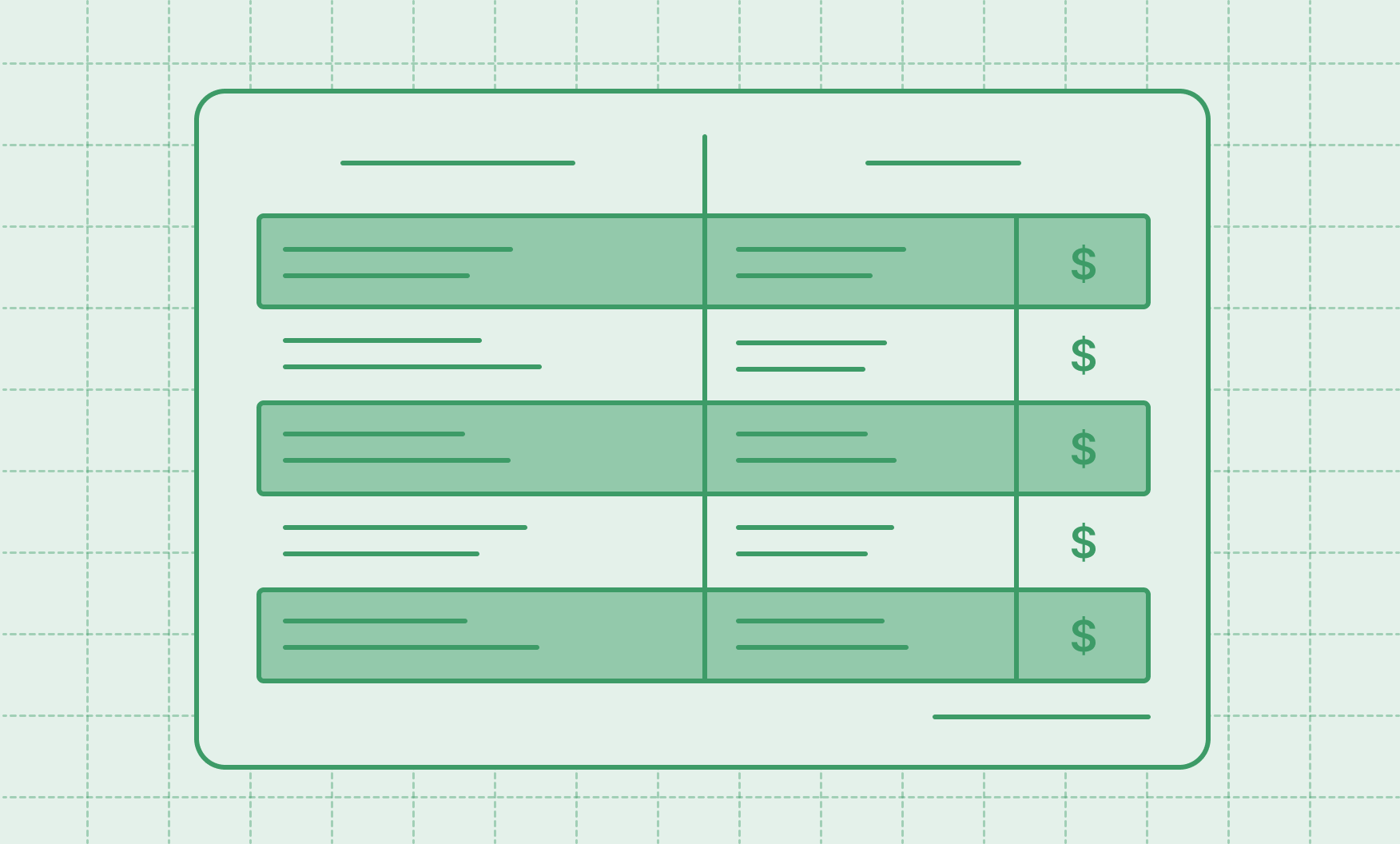

.webp)
.svg)
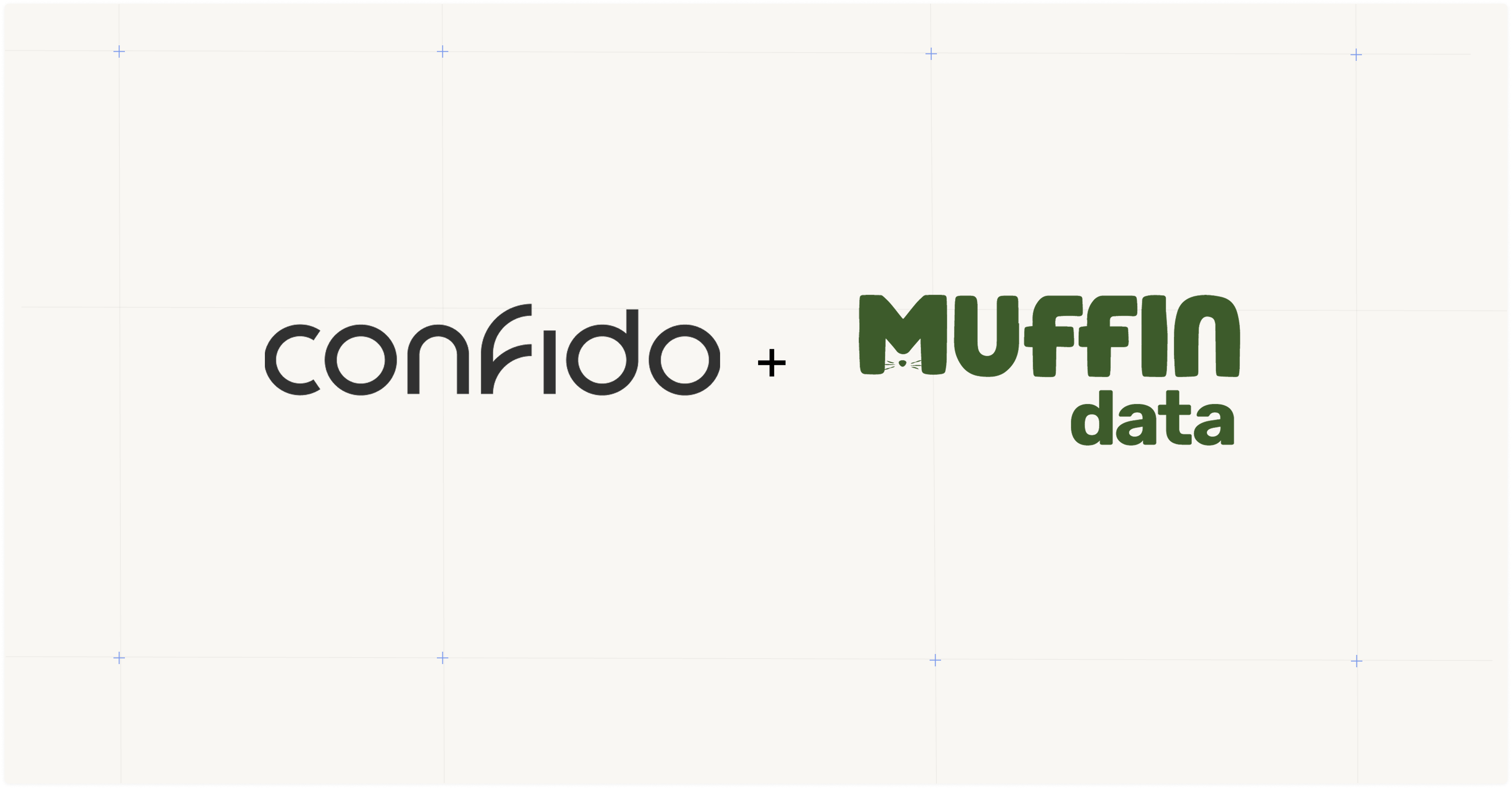
.png)


